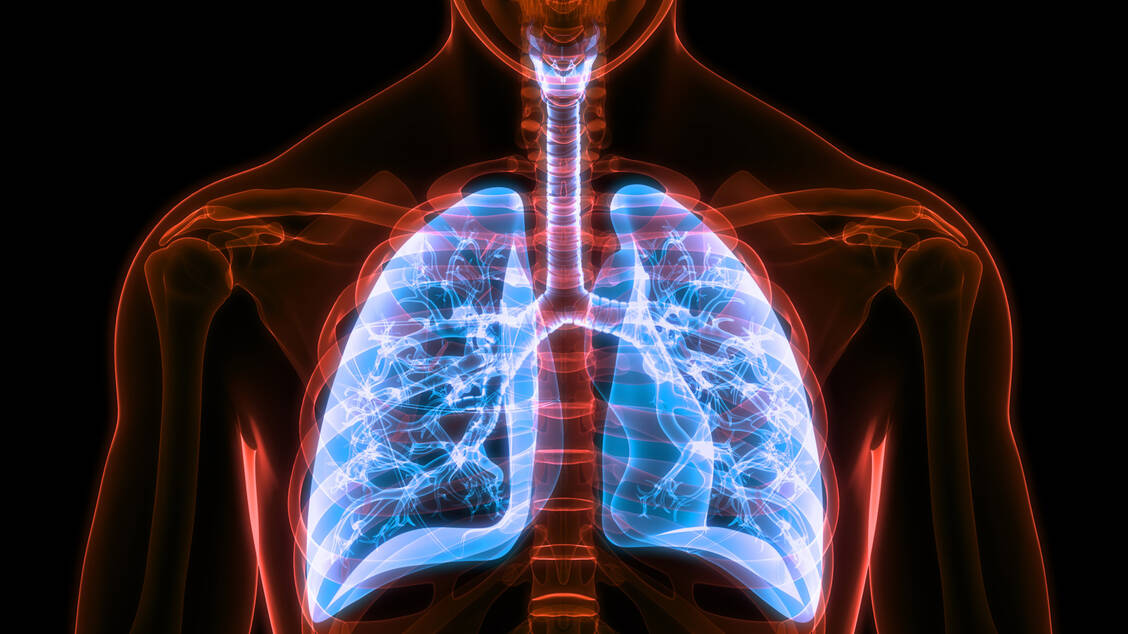A special form of post-infectious cough is caused by an infection with Bordetella pertussis (whooping cough pathogen). It can be a possible cause if the cough is paroxysmal and accompanied by a wheezing sound when breathing in (inspiratory stridor) or vomiting after coughing attacks. However, many doctors do not include whooping cough in the differential diagnosis of a persistent cough. After an incubation period of one to three weeks, this disease is followed by a flu-like phase lasting around two weeks and the cough worsens in the following weeks, often accompanied by the typical ‘wheezing sound’.
In children and adults, macrolide antibiotics such as azithromycin, clarithromycin or erythromycin are the drugs of choice for whooping cough. However, these can only prevent coughing if they are given in the early stages, before the bacteria have formed toxins. Later treatment is no longer as effective, as the toxin that has already formed can continue to cause the cough.







